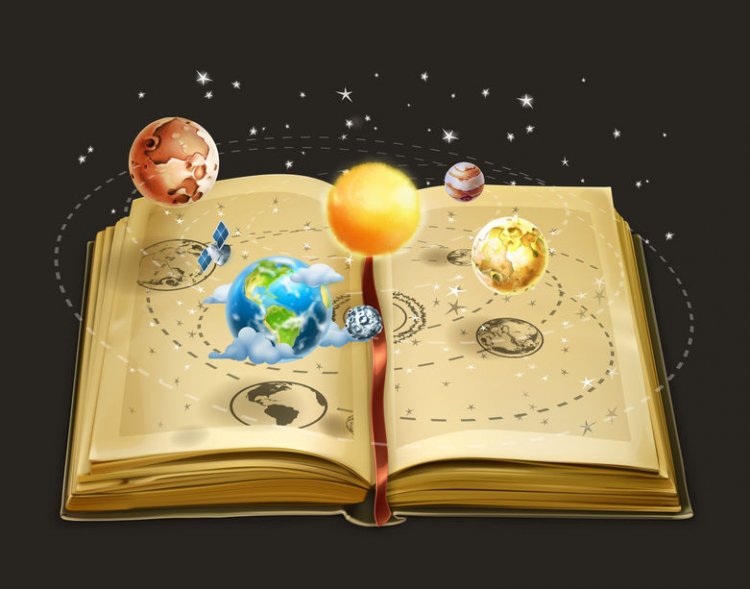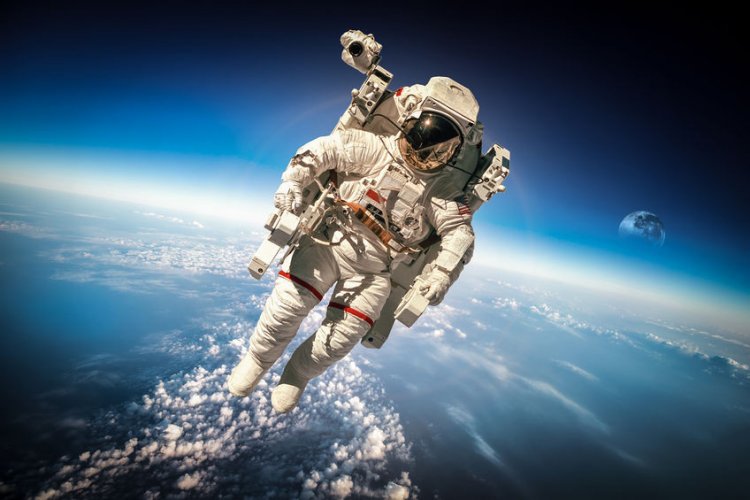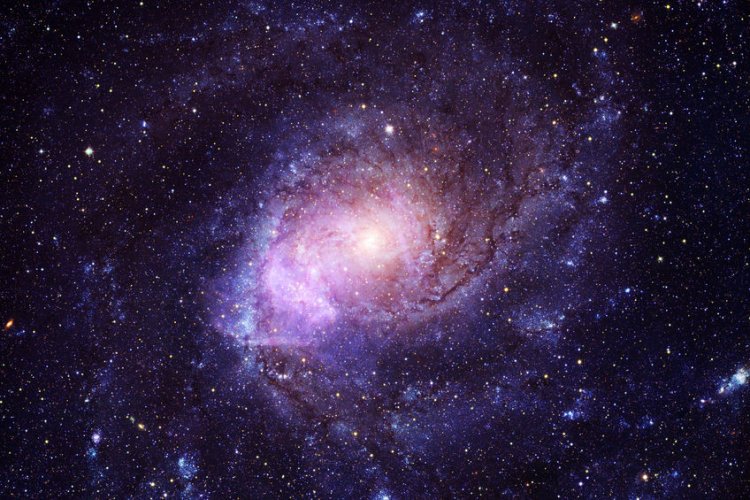In Year of Science and Technology, April is a month dedicated to space. Just 60 years ago, Yuri Alekseyevich Gagarin became the first person to conquer outer space. Already during his lifetime, he became a hero, he was admired by boys and girls of all ages, because in front of people around the world the incredible happened – a person surmounted an unprecedented height as he ventured beyond Earth. Now such flights have become a bit cheaper, astronauts go there not for 108 minutes, as it was with Yuri Alekseyevich, but for several days and even months. Who knows, maybe soon space travel will be just as affordable to every resident of the Earth as plane flight… But, like many years ago, one of the most affordable ways to explore space worlds is by reading a book and letting one’s imagination accompany the reading… What happens where no spacecraft can reach, what does our and other planets look like to outsiders, and is life possible on other planets? That and actually much more can be learned from books.
Books for a quick start:
In order to get grasp of outer-space topics, one can begin with Neil deGrasse Tyson’s Astrophysics for People in a Hurry. The astrophysicist talks about with amazing discoveries of his decades long career with an enthusiasm so contagious that one should be careful when holding the book with their hands. Are you really sure you want to pick up a new hobby? After all, after reading this book, you will want to learn more and more… According to the author, his goal when writing the book was not to turn every reader into an astrophysicist but to spark curiosity in readers, so that in the future his reader would look at clear night skies with a deeper sense of understanding and respect.
A Guide to the Starry Sky of Russia. How often do you look at stars? Do you know them by their names? If not, we suggest getting to know them a little closer, so that they would turn from distant strangers into friends who faithfully accompany you anywhere in our big country. Are you already well acquainted with the Polar Star which helped travelers find their way long before the advent of GPS navigators? Can you tell it from Ursa Major? How about the other stars and constellations? You will learn from the book about seasonal progression of constellations and what is the best instrument for looking at stars. The illustrated book is an excellent choice for studying stars in the daylight before venturing to get acquainted with them in reality, of course, accompanied by our loved ones.
In Person:
Yes, they are real! Former cosmonauts wrote about what really delighted them, what drove them to choose such a difficult and rather rare profession, and even shared pictures they took. Without doubt, this is on par with exclusive interviews! Cosmonauts in ordinary life face a lot of questions, ranging from health prerequisites for space travelers and cosmonaut diet, to questions of a scientific and technical nature: where does the boundary between space and the atmosphere lie, how is docking performed, what spacesuits are used for and how do they work and what is the future of manned spaceflight. One can read about all that in a book by Yuri Baturin, The Masters of Infinity: A Cosmonaut on the Profession and Fate, as well as Sergey Ryazansky’s Can One Hammer a Nail in Space? and books by other cosmonauts.
Fiction:
Books about space are not always scientific, science fiction being one of the genres closest to science. Some writers may indeed be credited as investors, because long before the advent of robots, submarines and the Internet, many of these ideas were described not by prophets but by “grassroots” science fiction writers. And science fiction writers are quite often looking specifically to inter-galactic space and outer space in general. Surprisingly, classics of the famous Great Three of science fiction writes, Isaac Asimov, Arthur C. Clarke, and Robert Heinlein were already writing about all of that, long before the first man flew into space, and certainly predating the discovery of even minute clues of possible signs of life at other planets. From their books, particular attention is deserved by Isaac Asimov’s trilogy Foundation, Arthur Clarke’s 2001: A Space Odyssey, and Robert Heinlein’s Future History.
For those looking for more sophisticated reading:
Photo source: beautifulspace/Photo bank 123rf.com
Perhaps one of the most famous books in this review is Stephen Hawking’s A Brief History of Time. It’s a book that has become a bestseller around the world. It tells about origins of the Universe, space-time, black holes and the theory of superstrings. Throughout the entire book there is only one formula, meaning it will be comprehensible not only to astrophysicists but also to a wider readership, without detriment to its scientific component. And the use of mathematics in the study of space was described by Ian Stewart, a winner of several prizes for the popularization of science. In his book, Calculating the Cosmos: How Mathematics Unveils the Universe Ian Stewart explains what is the probability that our life on Earth can be erased by an asteroid strike, why space is studied at all, and what prospects for technology become available as a result of these studies.
Photo on the homepage: cookelma/Photo bank 123rf
























